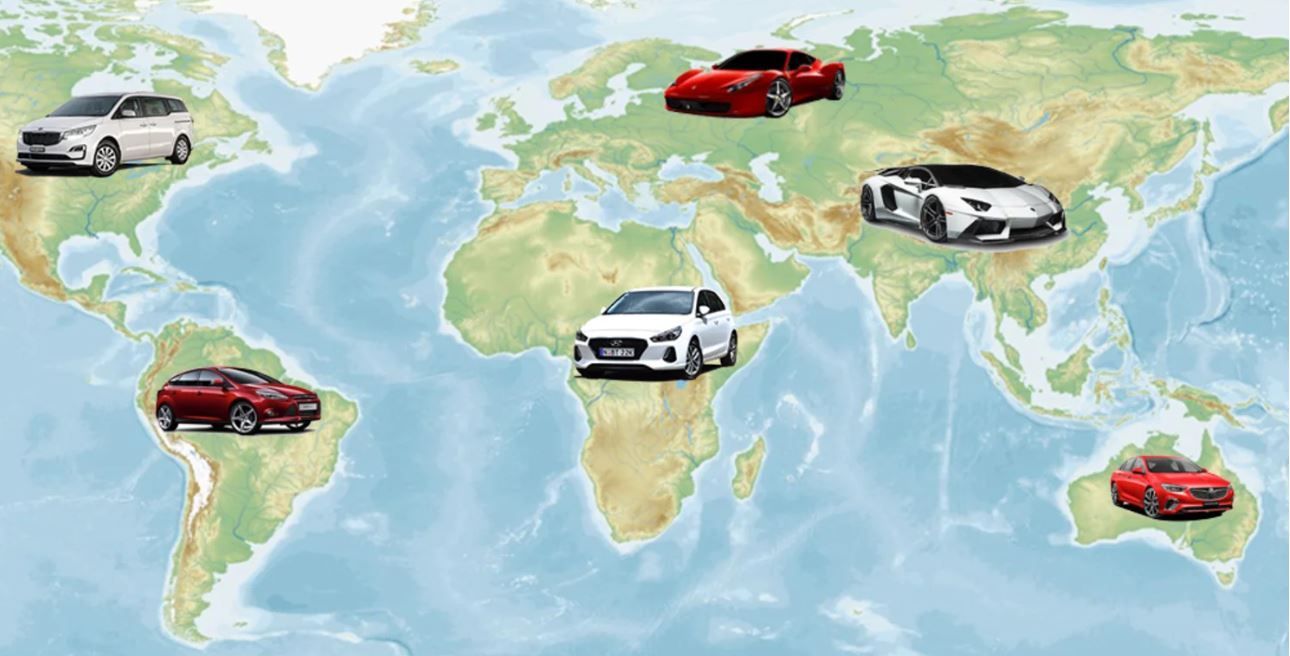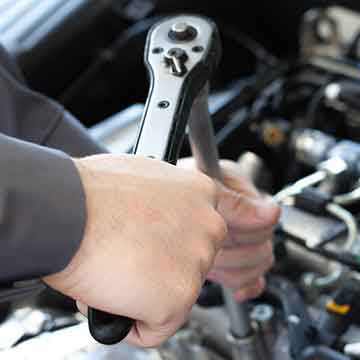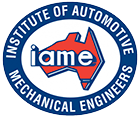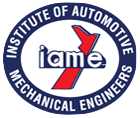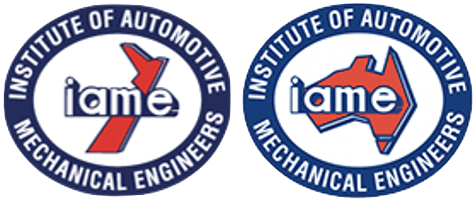New Era of Vehicle Safety: Intelligent Speed Assistance (ISA) Becomes Mandatory for European OEMs
As of Sunday, July 7th, a significant change has been implemented in the European automotive industry. Original Equipment Manufacturers (OEMs) selling new vehicles in Europe are now required to equip their vehicles with a ground-breaking safety feature known as Intelligent Speed Assistance (ISA). This mandate marks a crucial step towards enhancing road safety and reducing accidents caused by speeding.
What is Intelligent Speed Assistance (ISA)?
Intelligent Speed Assistance (ISA) is an advanced driver-assistance system designed to help drivers adhere to speed limits. By utilizing a combination of technologies such as GPS, cameras, and speed limit databases, ISA ensures that vehicles do not exceed the posted speed limits. The system offers various methods to alert and assist drivers in maintaining safe speeds.
Key Features of ISA
Speed Limiting: ISA can actively prevent a vehicle from exceeding the maximum signposted speed. This can be achieved through several mechanisms:
- Throttle Control: The system can limit the throttle to prevent the vehicle from accelerating beyond the speed limit.
- Engine Power Reduction: In more drastic scenarios, ISA can reduce the engine's power output to slow the vehicle down.
Driver Alerts:
To ensure drivers are aware when they are approaching or exceeding speed limits, ISA provides multiple forms of feedback:
- Vibrating Throttle: The throttle pedal vibrates to warn the driver.
- Auditory Alerts: Buzzers or warning sounds are activated.
- Visual Alerts: Flashing lights on the dashboard serve as visual cues.
Adaptability in Roadwork Zones: ISA is particularly effective in areas with temporary speed limits, such as roadwork zones. The system dynamically adjusts to these temporary limits, ensuring compliance and enhancing safety for both drivers and road workers.
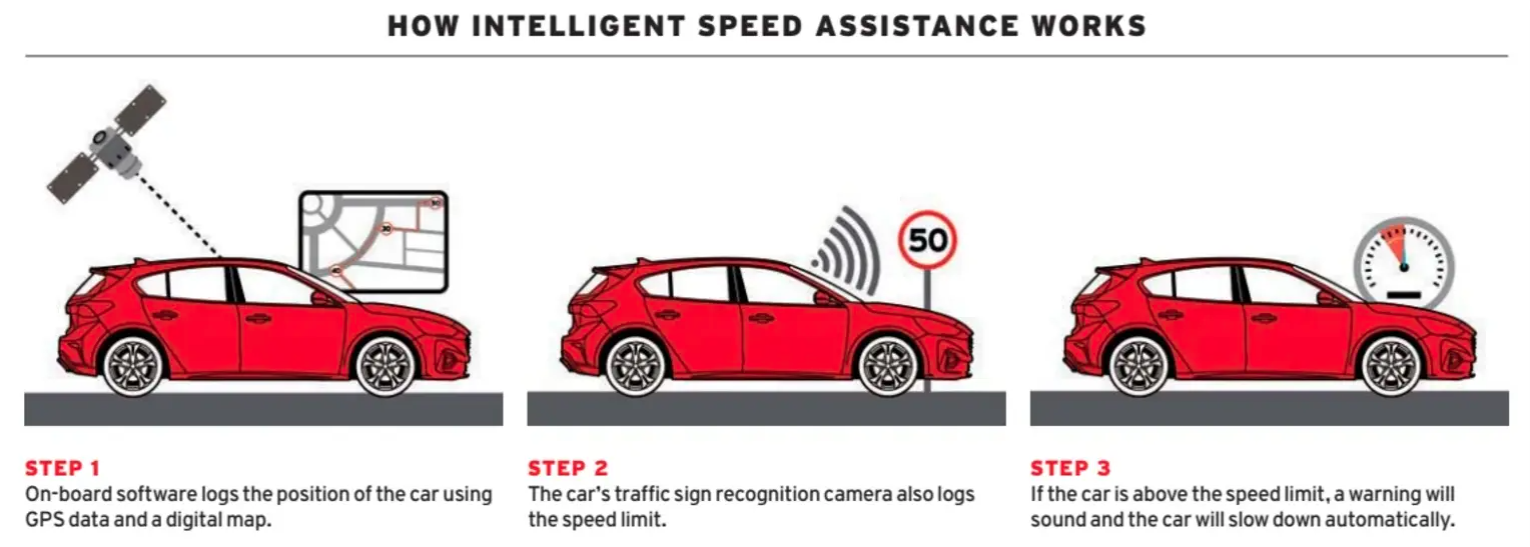
European Implementation and Impact
The introduction of ISA as a mandatory feature in new vehicles sold in Europe is a significant milestone. This initiative aims to address the persistent issue of speeding, which is a leading cause of road accidents. By ensuring that vehicles are equipped with ISA, European authorities hope to:
- Reduce Traffic Accidents: Lowering speeds can significantly decrease the likelihood and severity of collisions.
- Improve Road Safety: Compliance with speed limits, especially in hazardous areas like roadwork zones, enhances overall safety for all road users.
- Encourage Responsible Driving: Continuous feedback and assistance from ISA promote more mindful and responsible driving behavior.
The mandate applies to all new vehicles sold by OEMs across various European countries. While the specific countries involved in the initial phase of this rollout are not explicitly mentioned, it is anticipated that this regulation will be adopted widely across the continent.
ISA's Global Prospects: Australia on the Horizon
Following Europe's lead, it is expected that ISA technology will gradually make its way into other markets, including Australia. The adoption of ISA in Australia would mark a significant advancement in road safety technology, aligning with global trends towards smarter and safer driving environments.
Australian authorities and automotive industry stakeholders are likely to monitor the European implementation closely, assessing the impact and benefits of ISA. As awareness and acceptance of this technology grow, it is foreseeable that similar regulations could be introduced in Australia, further enhancing road safety measures and reducing speeding-related incidents.
Conclusion
The mandatory introduction of Intelligent Speed Assistance in new vehicles sold in Europe is a transformative step towards safer roads. By leveraging advanced technology to assist drivers in adhering to speed limits, ISA has the potential to significantly reduce traffic accidents and save lives. As this technology gains traction globally, including potential adoption in Australia, the future of road safety looks promising, driven by innovation and a commitment to protecting all road users.
